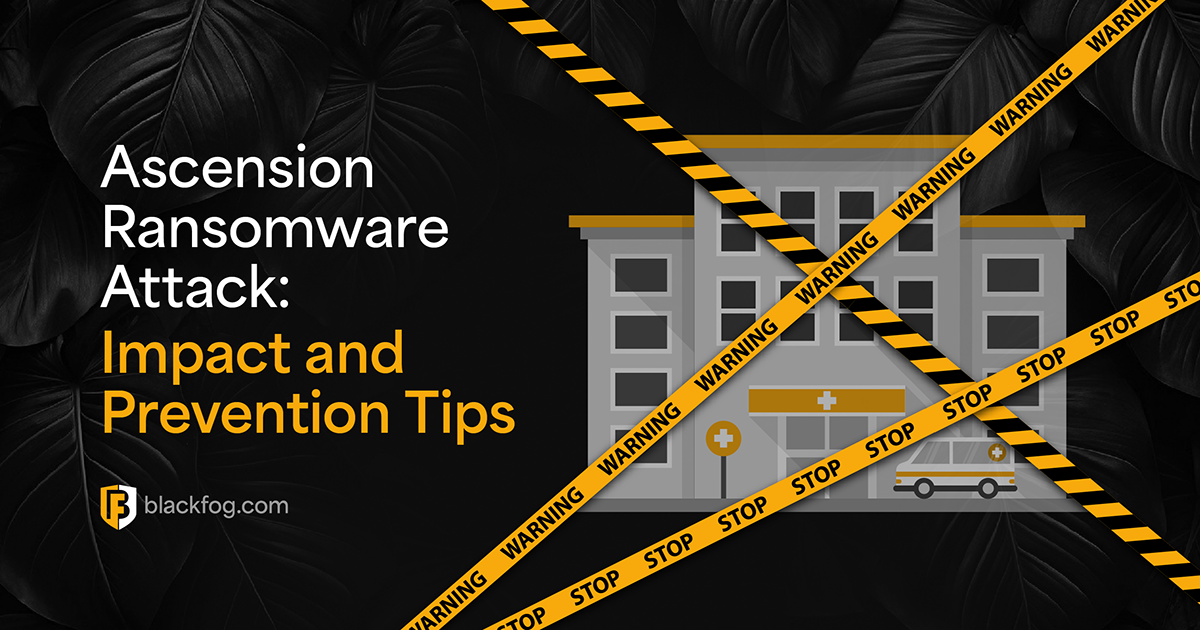
Ever since major ransomware attacks against critical infrastructure started making headlines in 2021, the sums hackers demand have only gotten higher. However, the true cost of a ransomware infection includes many factors beyond the ransom itself.
In previous years, ransomware attackers may have been content with a few hundred or a few thousand dollars, but the landscape is changing, and seven-figure sums are becoming the norm. According to BlackFog’s The State of Ransomware in 2022 report, the average ransom payout has now reached more than $258,000 – an increase of 13 percent in just six months.
Additionally, a newly industrialized ransomware-as-a-service economy has popped up to support the attackers, providing them with tools and technologies that help them deliver malware and reach their goals.
The unfortunate reality is that a ransomware victim who chooses to pay often lose more than money. In many cases they end up committing serious resources to ransomware recovery projects that can cost more than the original ransom itself!
Paying the Ransom is Only the Beginning
Organizations that pay a ransomware demand do not absolve themselves of the difficulties associated with this type of cyberattack. Many find themselves in a position similar to Lincoln College, a rural private college which made headlines following a cyberattack in December 2021.
The college made a ransom payment of $100,000 to get its data decrypted, but immediately ran into bigger problems rebuilding its systems. It estimated it would take $50 million to reopen, which, combined with the lingering impact of the pandemic, eventually proved too much for the institution. It closed its doors for good in May 2022, bringing to an end a 157-year history.
According to IBM’s latest data breach report, the average cost of a ransomware breach was $4.54 million in 2022 – but this figure does not include the cost of the actual ransom itself. It is a combined cost that includes many different factors that play in ransomware recovery. Firms that suffered ‘destructive’ attacks, where cybercriminals sought to use malware to destroy data, saw even higher expenses, at $5.12 million.
In fact, one report from 2022 estimated that ransomware payment’s themselves represent only 15% of the total cost of an attack. The remainder comes from downtime, reputational damage and investments in new security implementations, to name just a few of the extra expenses to take into account.
The true recovery cost of ransomware involves many factors, and cyber insurance can often only go so far towards covering them. We’ve collected data on three of the most important ones below:
Prevention is Much Easier Than Recovery
Ransomware protection is critical to business continuity in today’s threat landscape. Organizations can’t continue to simply pay ransom demands and hope to escape the repercussions that inevitably follow. The true cost of ransomware goes way beyond the ransom itself and recovering from an attack is an incredibly difficult and costly process. Therefore, ransomware prevention is the best form of defense.
Using best-in-class data exfiltration protection to prevent ransomware attacks is a much more efficient way to guarantee business uptime, control your reputation, and give yourself room to make intelligent investments. Speak to a data exfiltration expert about prevention-based solutions for your organization today.
Related Posts
Ascension Ransomware Attack: Impact and Prevention Tips
Learn how the Ascension ransomware attack disrupted healthcare services, the financial consequences, and the cybersecurity lessons it taught. Also receive advice on protecting patient data and preventing similar attacks in the future.
Essential Data Loss Prevention Best Practices Every Firm Should Know
Following these seven data loss prevention best practices can help any firm reduce the risk of falling victim to threats like ransomware.
BlackFog Report Reveals Record Number of Ransomware Attacks from January to March
BlackFog reports a record-breaking surge in ransomware attacks Q1 2025, with 278 disclosed cases and a 113% rise in undisclosed incidents.
AI for Network Security and Monitoring: Enhancing Cyber Defense
What opportunities do AI ransomware protection tools offer to cybersecurity pros?
Ghost Ransomware: The New Cyber Menace Targeting 70+ Countries
Ghost ransomware is targeting 70+ countries. Learn how it works, who’s behind it, and how to stay protected in today’s cyber threat landscape.
Log4Shell – Understanding the Vulnerability and Mitigation Steps
Learn about Log4Shell, its impact on industries, and effective mitigation strategies. Discover how proactive defenses, like BlackFog's ADX technology, can protect your systems from ransomware and data exfiltration.






